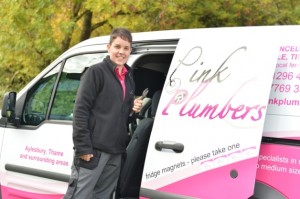 Available from Wilo UK is a full range of high-efficiency glandless pumps that meet the requirements of the EU ErP Directive that came into force in January this year.
Available from Wilo UK is a full range of high-efficiency glandless pumps that meet the requirements of the EU ErP Directive that came into force in January this year.
The Wilo-Yonos P1CC and Wilo-Stratos P1CC series for domestic properties and the Wilo-Stratos series for larger properties have been ‘ErP-ready’ for some time. The energy efficient pumps are said to be simple to install, easy to use and offer annual energy savings of around £100 — so they pay for themselves within two or three years.
The EU Commission has calculated that the total energy consumption of all glandless circulation pumps operated in the European Union for heating and air conditioning applications can be halved by 2020 once less efficient pumps have been eliminated.
The Yonos-PICO pump was recently selected as the winner of the Green Innovation Award for 2013 at the Energy Efficiency Awards. “We’re delighted that the quality of the Yonos-PICO has been recognised in this way,” says Wilo UK MD Gary Mannus. “As part of our portfolio of high efficiency small circulator pumps, it’s been a very successful introduction here in the UK offering up to 90% energy savings over standard pumps. We have a good track record of winning awards but it’s always nice to add another important one to the pack!”



 An Aylesbury woman has become the first licensee of a national brand delivering qualified female plumbers.
An Aylesbury woman has become the first licensee of a national brand delivering qualified female plumbers.